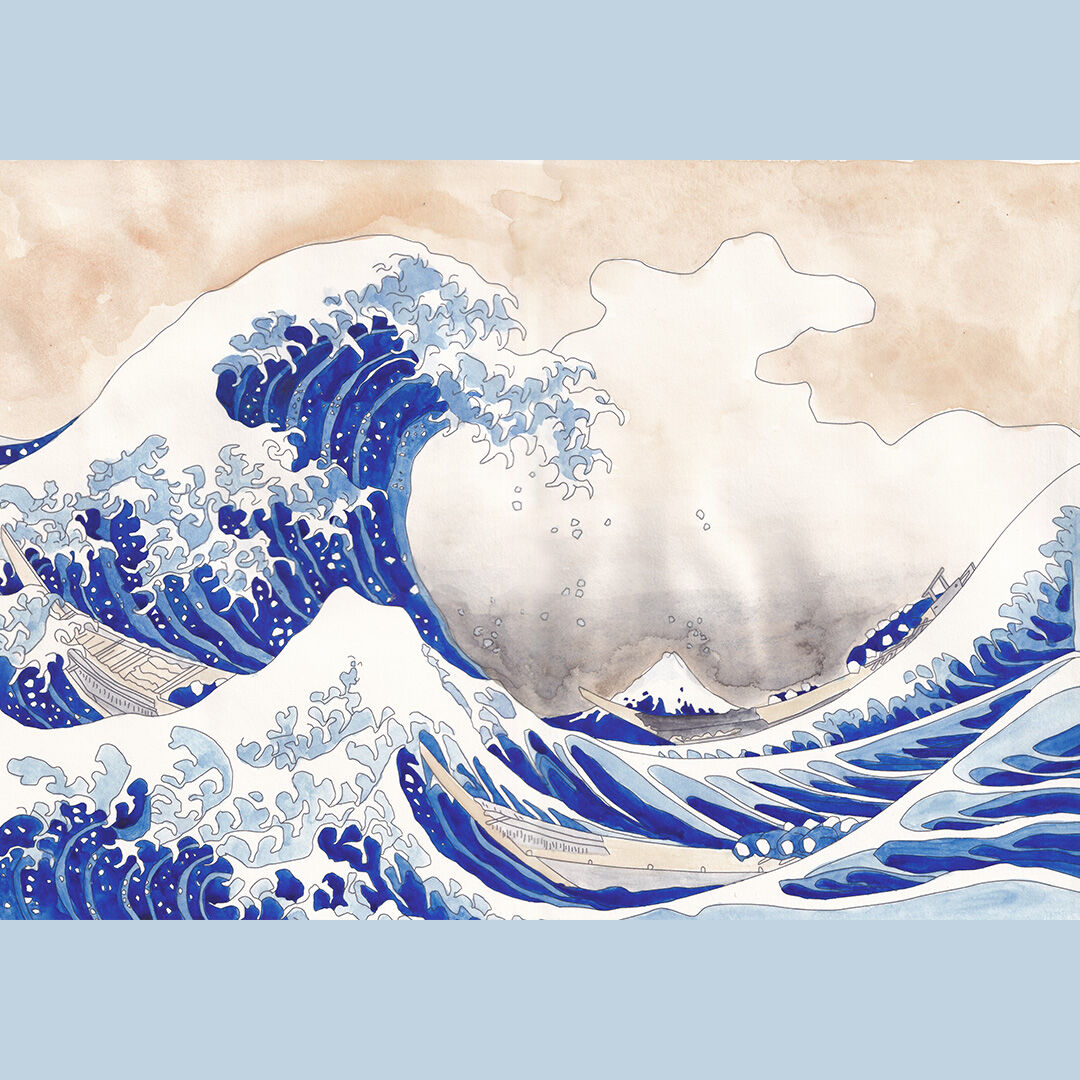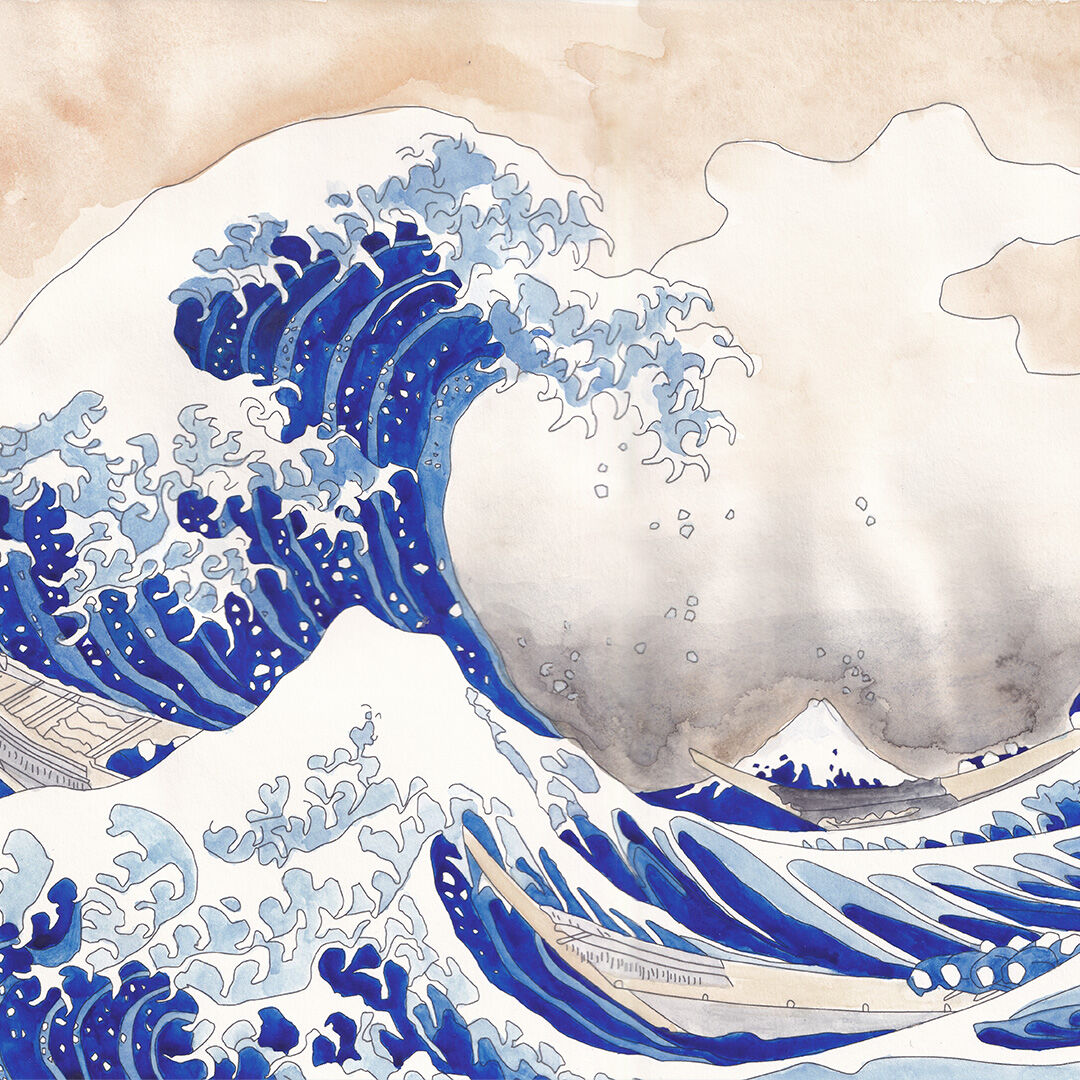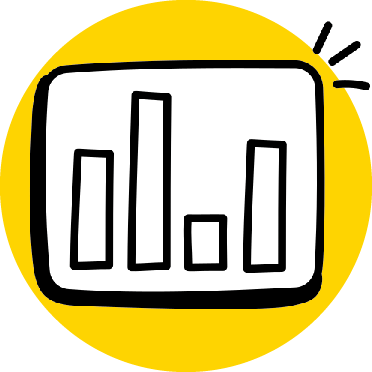How can I use this resource?
With this resource, you can discover the life and work of Hokusai, the Japanese painter and printmaker who created stunning images of nature and culture. You can also color 25 templates of different parts of his woodcut print and glue them together to make a large poster. This is a fun way to practice teamwork and artistic skills. You can use this resource to decorate your classroom or bulletin board with a stunning, giant replica of The Great Wave of Kanagawa. You can also use this resource to learn about Japanese culture and how it is reflected in Hokusai's art. For example, you can learn about the symbolism of the wave, the importance of Mount Fuji, and the influence of Buddhism and Shintoism on Hokusai's worldview. You can also compare and contrast his style with other Japanese artists and genres, such as ukiyo-e, manga, and anime. This resource will help you explore the rich and diverse aspects of Japanese culture through Hokusai's masterpiece.
What does this resource contain?
This resource contains 25 templates for making a giant poster of The Great Wave of Kanagawa. Each template has a part of the print that you can color according to the original or your own imagination. The templates are based on the print that is in the Metropolitan Museum of Art in New York. The resource contains two different sizes:
• Mini painting (9.7 x 6.5 in / 24.6 x 16.5 cm)
• Group work poster (47 x 31.5 in / 119 x 80 cm)
You can print the templates on white paper and color them with crayons, markers, pencils, or paints. The resource also provides you with some information about the artist Hokusai.
Why is The Great Wave of Kanagawa considered a masterpiece?
What makes The Great Wave of Kanagawa so interesting? Hokusai was one of the most important Japanese painters and printmakers. He lived a long and productive life, creating thousands of artworks in different genres and styles. ‘The Great Wave of Kanagawa’ is from a cycle of 36 woodcuts depicting one aspect of Mount Fuji - Japan’s highest mountain - during the different seasons. Mount Fuji, which is also known as Fujiyama, is a volcano that has been considered sacred for hundreds of years. ‘The Great Wave of Kanagawa’ is probably the most famous Japanese artwork in the world. It’s not a painting but rather a woodcut print – a technique that’s done using woodworking tools to remove areas that aren’t going to be printed from a smoothly-planed wooden board. The remaining raised parts are then inked up and printed.
Hokusai lived as a wandering artist in constant poverty and was sometimes forced to sell his pictures on the street. During his almost ninety years he obsessively drew everything he laid his eyes on. He called these masterful sketches and drawings ‘manga’ – a term that’s used today in a very general way for Japanese comics. In contrast to today’s comic strips, his ‘manga’ weren’t narrative stories but rather depictions of the lives of ordinary people of the time. For centuries Japan was almost completely sealed off from the rest of the world. A few Hokusai pictures reached Europe, though, and these really inspired artists like Vincent van Gogh, Paul Gauguin, Egon Schiele, and Gustav Klimt. They also had a great influence on Europe’s Art Noveau movement.
Make a group work poster of Hokusai's woodcut print and learn about Japanese culture! Color the 30 templates to create your masterpiece.
Labbé GmbH
Walter-Gropius-Str. 16
50126 Bergheim
Germany
hello@labbeasy.com
Hokusai - The Great Wave of Kanagawa
Make a group work poster of Hokusai's woodcut print and learn about Japanese culture! Color the 30 templates to create your masterpiece.










